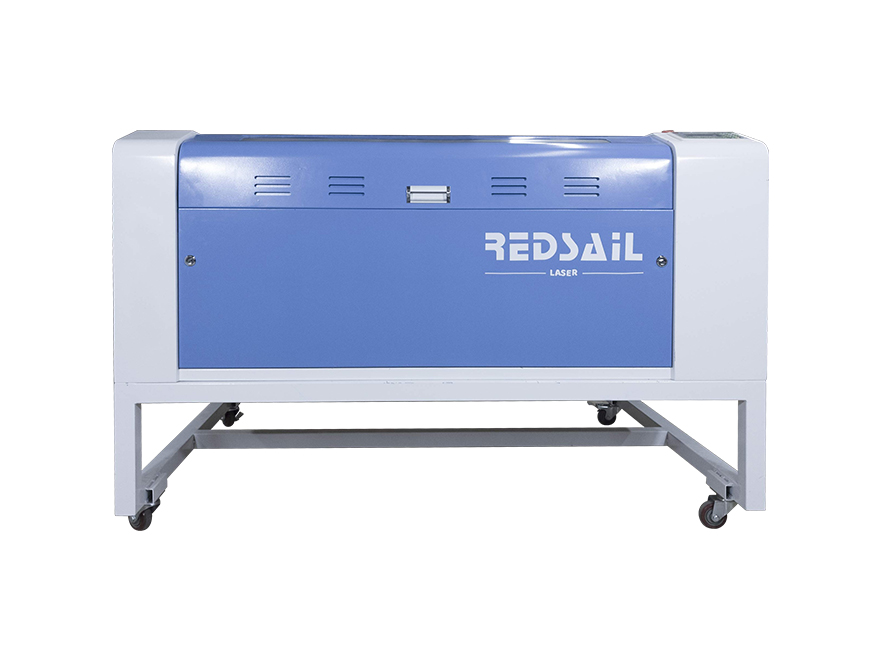How Does a CO2 Laser Cutting Machine Actually Work?
Introduction:
CO2 laser cutting machines have revolutionized the manufacturing industry with their ability to cut through various materials with precision and speed. Whether it’s metal, wood, acrylic, or fabric, these machines utilize a high-powered laser beam to achieve precise cuts. In this article, we will dive into the inner workings of a CO2 laser cutting machine, exploring the technology behind it and the process it follows to generate accurate cuts.
I. Understanding the Science Behind CO2 Laser Cutting Machines:
A. The Laser Source:
– CO2 laser cutting machines use a laser source known as a CO2 laser tube.
– This laser tube generates a high-intensity laser beam by exciting a mixture of carbon dioxide, nitrogen, and helium gas.
– Carbon dioxide is the primary gas responsible for creating the laser beam, while nitrogen and helium support the process.
B. Laser Resonator:
– The laser beam, generated in the CO2 laser tube, is directed towards the laser resonator.
– The laser resonator contains mirrors that reflect and focus the laser beam into a concentrated, high-energy point.
C. Lens and Focus:
– The focused laser beam passes through a lens assembly that fine-tunes the beam’s focus.
– The lens assembly comprises multiple lenses, including a focusing lens, to ensure a precise and narrow beam.
– The accuracy of the lens assembly greatly affects the quality and precision of the cuts.
D. CNC Control System:
– CO2 laser cutting machines are controlled by a computerized numerical control (CNC) system.
– The CNC system precisely guides the laser beam to follow a specific cutting path, determined by the user’s input.
II. The Process of CO2 Laser Cutting:
A. Material Preparation:
– Before cutting, the material to be processed is prepared by placing it onto the working surface or bed of the CO2 laser cutting machine.
– The material may require fixation tools, such as clamps or vacuum tables, to hold it securely in place during cutting.
B. Design Input:
– The user creates or imports the design of the desired shape or pattern to be cut and inputs it into the CNC control system.
– The design file typically needs to be in a specific format, such as vector graphics, to ensure accurate cutting.
– Dedicated software assists in converting design files into a compatible format for the CO2 laser cutting machine.
C. Cutting Parameters Setup:
– The user sets the cutting parameters, which include laser power, cutting speed, and assist gas pressure.
– These parameters vary based on the material being cut, its thickness, and the desired quality of the cuts.
– Higher power and slower speed are generally required for thicker materials.
D. Cutting Process:
– Once the design and cutting parameters are determined, the CO2 laser cutting machine initiates the cutting process.
– The laser beam is accurately guided by the CNC control system to follow the cutting path outlined in the design.
– The high-energy laser beam interacts with the material, melting or vaporizing it along the cutting path.
– The laser beam’s intensity and focusing properties ensure a clean and precise cut, leaving minimal residue.
E. Assist Gas:
– Assist gas, such as oxygen or nitrogen, is often used to enhance the cutting process.
– Oxygen assist gas reacts with the material, assisting in the combustion process and resulting in faster cutting speeds.
– Nitrogen assist gas helps prevent oxidation and is preferred for cutting materials like stainless steel.
F. Completion and Retrieval:
– Once the cutting process is completed, the CO2 laser cutting machine stops, and the finished part can be retrieved.
– Depending on the complexity of the design and the number of cuts required, the process may take seconds to several minutes.
FAQs:
1. What materials can be cut using a CO2 laser cutting machine?
– CO2 laser cutting machines can cut a wide range of materials, including metals (steel, aluminum), wood, acrylic, fabric, leather, and more.
2. Are CO2 laser cutting machines safe?
– CO2 laser cutting machines are safe to use when operated correctly and with appropriate safety measures.
– Operators should wear protective eyewear and follow all safety guidelines provided by the manufacturer.
3. Can CO2 laser cutting machines produce intricate designs?
– Yes, CO2 laser cutting machines are known for their ability to produce intricate designs with high precision, making them ideal for detailed work.
4. What is the advantage of using assist gas in CO2 laser cutting?
– Assist gas improves the speed and quality of the cutting process.
– Oxygen assist gas enhances combustion, resulting in faster cutting speeds, while nitrogen assist gas prevents oxidation for cleaner cuts.
Conclusion:
CO2 laser cutting machines have revolutionized the manufacturing industry by providing efficient and precise cutting solutions for a wide range of materials. By understanding the scientific principles behind CO2 laser cutting and the intricate process it follows, manufacturers can harness this technology’s power to enhance their production capabilities. As technology evolves, CO2 laser cutting machines continue to play a crucial role in the manufacturing landscape, offering fast, accurate, and highly customizable cutting solutions.





